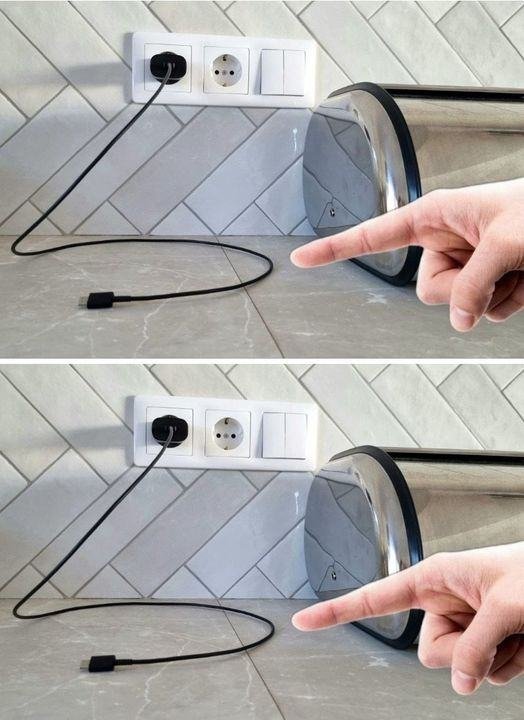ADVERTISEMENT
The Risks of Leaving Chargers Plugged In: Why You Should Never Leave a Charger in an Outlet Without Your Phone
In our modern, tech-heavy world, charging devices has become a routine part of daily life. From smartphones to tablets, laptops, and even wearables, we’re constantly plugging in our devices to keep them powered up. However, many people don’t realize that leaving chargers plugged into an outlet—even when your phone or device isn’t connected—can pose certain risks. It’s a habit that’s often overlooked, but one that could have serious consequences. So, why should you never leave a charger in an outlet without your phone or device attached? Let’s dive into the potential risks and why this seemingly harmless habit could be dangerous.
1. Fire Hazard
One of the most concerning risks of leaving chargers plugged in is the potential fire hazard. Even when your phone or device isn’t charging, the charger is still drawing power from the outlet. This constant flow of electricity can cause the charger to overheat, especially if it’s an older charger or one that’s faulty. Overheating chargers can lead to electrical malfunctions, and in the worst-case scenario, a fire can break out.
Many chargers are made of plastic, which is highly flammable. When they overheat, the plastic can melt, and the wiring inside may cause sparks, leading to a fire. While the risk is generally low, it’s still something to be aware of, especially if you have multiple devices plugged in at once or if your charger is damaged.
2. Wasted Energy and Increased Electricity Costs
Another reason to avoid leaving your charger plugged in is that it can waste electricity. Chargers that remain plugged into an outlet, even when not in use, continue to draw power. This phenomenon, known as “phantom load” or “vampire power,” occurs because the charger is still completing a circuit, regardless of whether it’s charging a device or not.
Though it may seem insignificant, over time, this wasted energy can add up, contributing to higher electricity bills. In fact, studies have shown that household electronics and appliances that remain plugged in can account for a significant portion of your energy usage. Unplugging chargers when not in use is an easy way to reduce wasted electricity and keep your energy consumption in check.
3. Potential Damage to Your Charger and Devices
Leaving chargers plugged in without a device attached can also lead to damage over time. Most chargers are designed to deliver power to devices in a regulated way. When there is no device to draw power, the charger may experience voltage fluctuations or electrical surges. This can wear down the internal components of the charger, reducing its lifespan and even making it prone to failure.
In some cases, leaving a charger plugged in without a device can lead to electrical instability, potentially damaging the internal circuitry of your devices. This is particularly true for cheap or low-quality chargers, which may not have the necessary safety mechanisms in place to regulate power efficiently.
4. Environmental Impact
We all know how important it is to take care of the environment, and small actions like unplugging chargers when they’re not in use can help reduce your carbon footprint. The unnecessary consumption of electricity contributes to greenhouse gas emissions, especially if your energy is sourced from non-renewable sources. By unplugging your chargers when they’re not needed, you’re doing your part to reduce energy waste and promote sustainability.
Additionally, as chargers and electronic devices are frequently replaced or discarded, their environmental impact grows. Chargers that overheat or malfunction due to continuous power draw are more likely to be disposed of sooner, increasi
ADVERTISEMENT
ADVERTISEMENT
